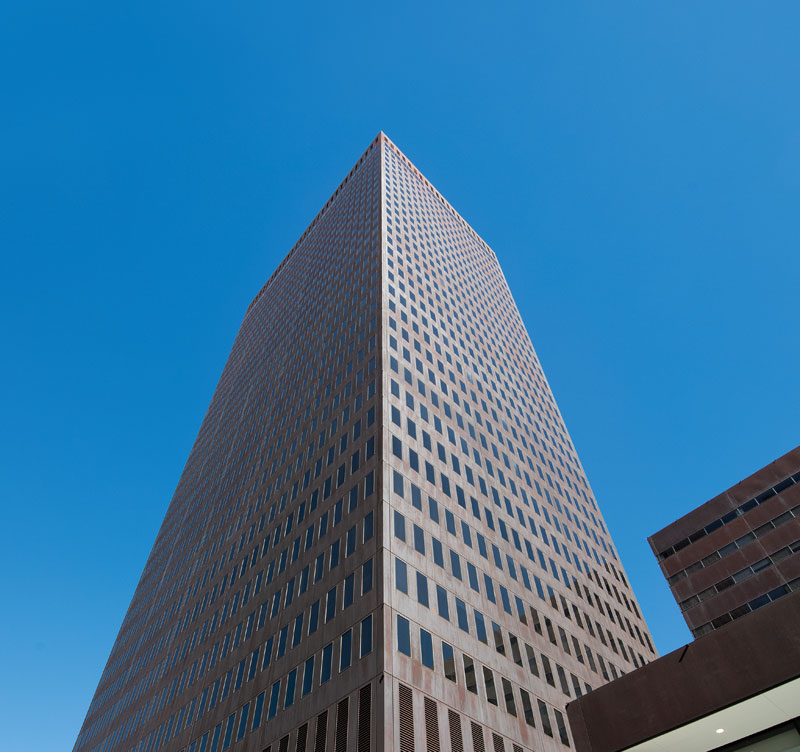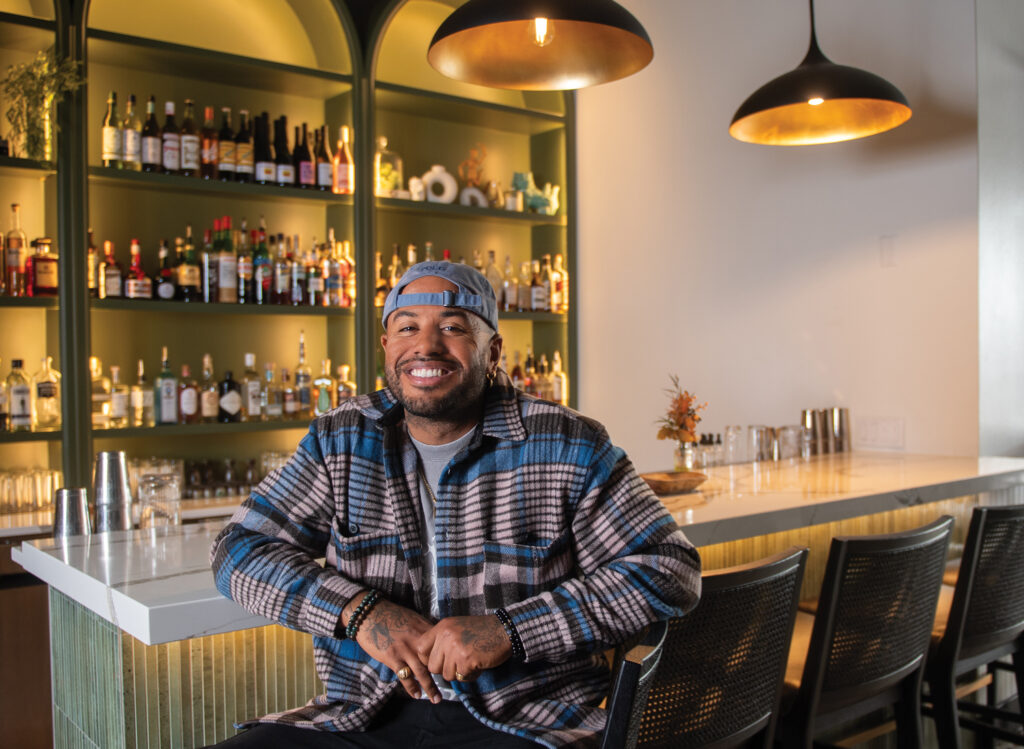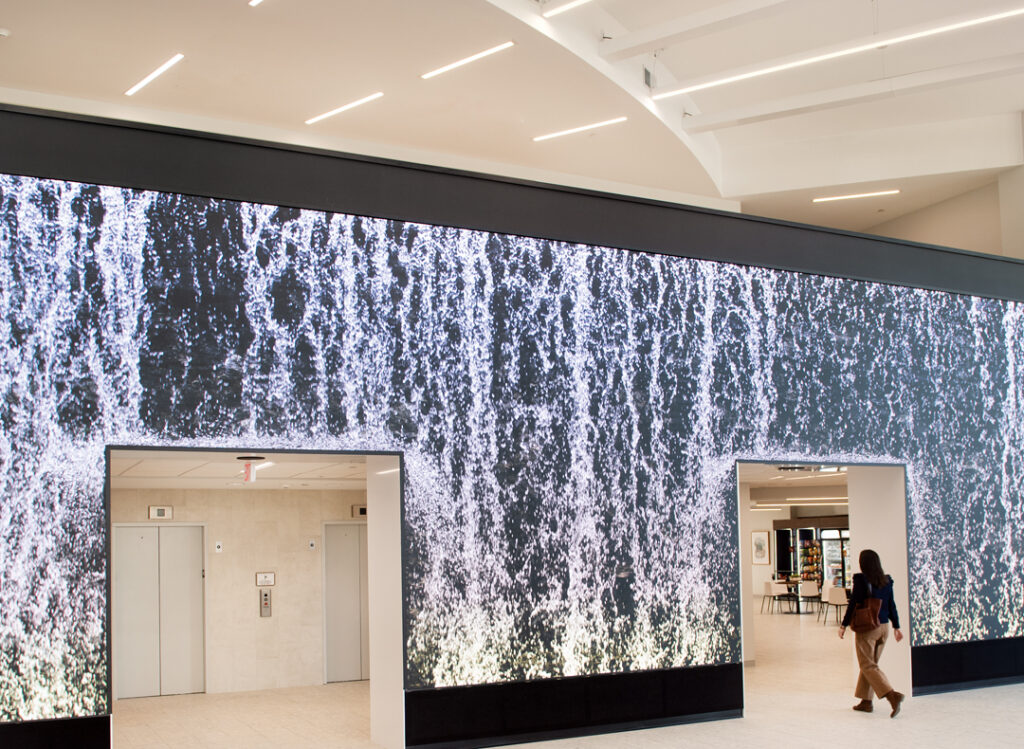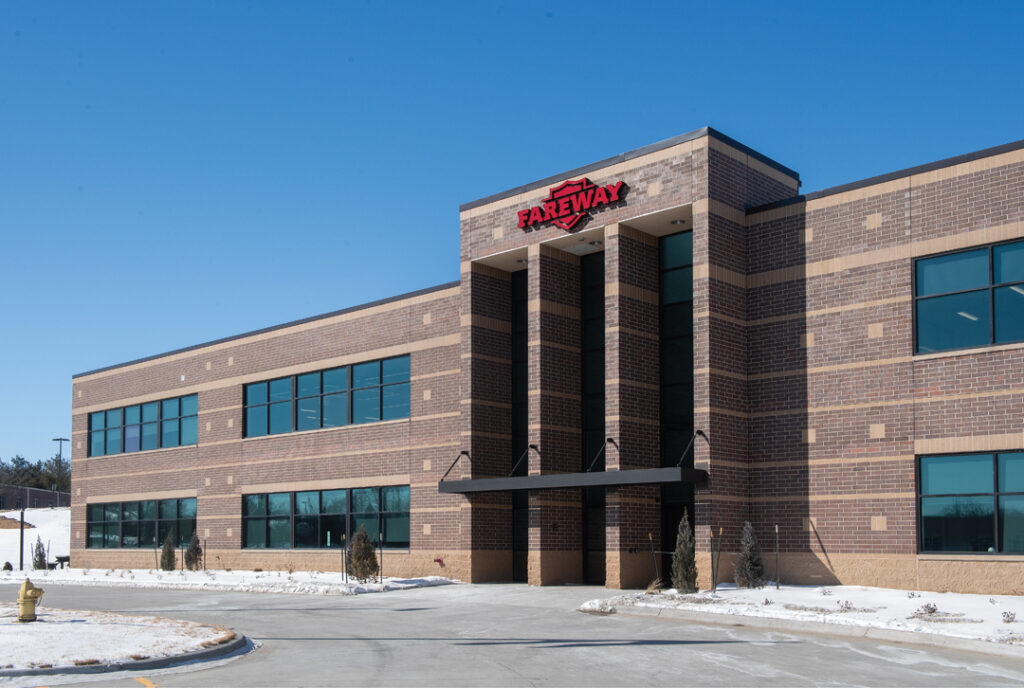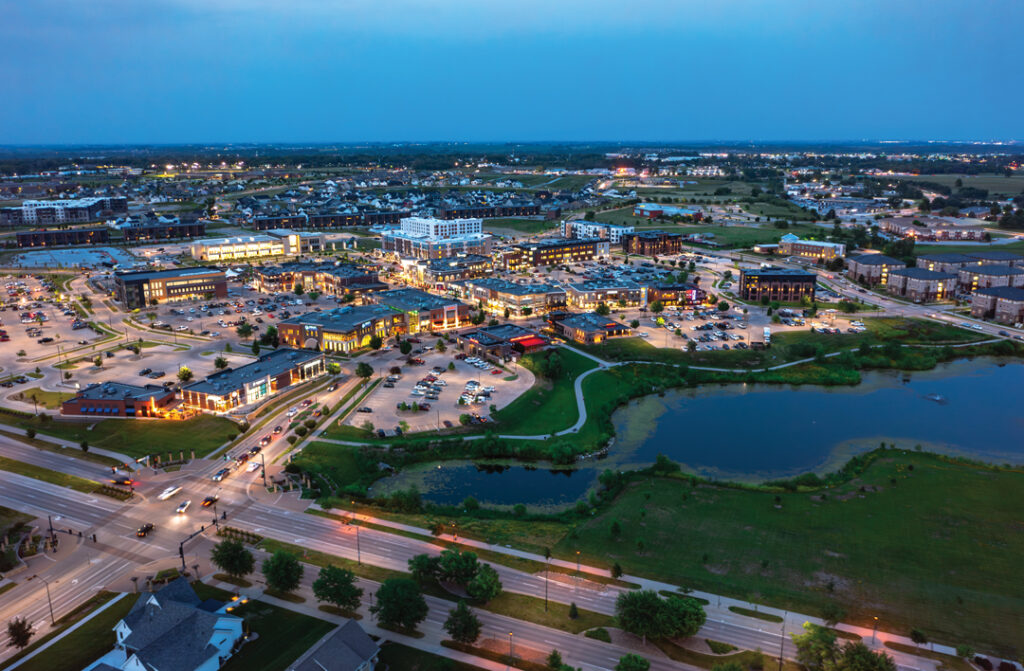Office Outlook: How ‘return to work’ is affecting Des Moines real estate

Connor Spencer Apr 24, 2025 | 6:00 am
3 min read time
727 wordsBusiness Record Insider, Real Estate and DevelopmentAs time has passed since the peak of the COVID-19 pandemic, many major Des Moines employers including Principal, Wellmark and Wells Fargo have been moving toward required time in office after years with fully remote flexibility. What does this mean for the real estate market? The increase in activity brings with it challenges, opportunities and change downtown.
When asked about the biggest challenges facing the market, three local real estate experts all had the same concern: vacancy.
“I think the biggest challenge is the office vacancy,” said Adam Kaduce, president of R&R Real Estate Advisors. “This market has more space available, or a higher vacancy rate than we historically have had, even going back to the Great Recession.”
Office vacancy rates in the Des Moines central business district increased from 14% to 22.2% in 2024, according to data from CBRE. This jump is due in large part to Wells Fargo exiting its downtown offices and consolidating in West Des Moines, leaving large offices empty.
“Historically this is a market where your average deal is small- to medium-sized office leases,” Kaduce said. “There’s a bit of a mismatch in that supply and demand where you’re seeing more supply for large spaces and demand for smaller spaces.”
While many view these vacancies as a challenge, others see it as an opportunity.
“I think that it leaves us with a lot of opportunity,” said Abi Reiland, president of commercial real estate with Sarah Hopkins Real Estate Team. “It’s put us in a position to reimagine what we want downtown to look like.”
With many workers spending more days of the week downtown, property owners and developers are changing their spaces to accommodate new needs. Offices are increasing amenities, adding collaborative spaces and bringing the feeling of home to the office with more soft seating options.
“These larger buildings that are seeking multi-tenants, they have to provide the basic stuff, but then they have to provide that unwritten vibe,” said Justin Lossner, senior managing director at JLL. “They have to have the right vibe where people want to show up for more than just stepping into a workstation.”
Lossner believes 801 Grand has done a great job of providing amenities. The building offers office spaces, restaurants and fitness centers.
“I love the fact that I can go hit the gym on the 19th floor,” he said. “I can go down to the third floor and go to [Basil Prosperi] and get a really great lunch. And at 4 o’clock, if I wanna have a cocktail with a buddy or a client or something like that, I can go to Chop House. So having that sense of community in a walkable sort of way, I think is really important.”
In buildings that may face bigger challenges modernizing to the level of 801 Grand, some developers are turning to conversions.
In trying to solve some of the vacancy challenges facing the downtown market, some offices are being converted into multifamily apartments, Reiland said. With more people coming back downtown to work, there is a desire for housing near peoples’ place of employment, she said.
Buildings adding housing include Two Ruan Center, the Des Moines Financial Center, Hubbell Tower and more.
These conversions, plus the recently announced 33-story 515 Walnut apartment tower, will all result in more people downtown, which is expected to significantly benefit the market. Lossner and Reiland both agreed on these benefits, but from different perspectives.
Lossner said it benefits businesses to bring talented employees to the Des Moines area. He discussed how important it is to be able to show recruits office amenities as well as an active downtown where people are involved and there are things to do. The vibrancy of downtown depends on there being a large concentration of people.
Reiland said more people means more foot traffic. She believed with more people downtown there will be more interest from small businesses, leading to more restaurants and retail locations downtown. She also mentioned that this will make downtown living more attractive and all of this stems from people coming back into the office.
“As we get more workers back downtown, we’re going to see an uptick in people who also want to live, socialize and shop downtown,” Reiland said. “I really think getting people back to the office is a huge step for our downtown economy.”

